
How to choose the best hiking boots for long adventures
Choosing the best hiking boots for long adventures can significantly enhance your outdoor experience. Whether you’re trekking through rugged mountain trails, dense forests, or vast deserts, the right pair of boots will offer the support, comfort, and durability you need to tackle whatever nature throws at you.
Understanding the Types of Hiking Boots
Before diving into specific features, it’s crucial to understand the different types of hiking boots available on the market. Each type serves a unique purpose and caters to different hiking conditions.
Light Hiking Boots: These are essentially beefed-up versions of trail-running shoes. They’re typically lightweight and designed for day hiking or ultra-light backpacking trips.
Backpacking Boots: Designed for multi-day hikes carrying heavier loads. They offer more substantial ankle support and are generally more durable than light hiking boots.
Mountaineering Boots: These are the heavyweights designed for strenuous expeditions, including glacier and snow travel, where you might need crampons. They provide extreme durability, insulation, and support for challenging terrains.
Key Features to Look For
When shopping for hiking boots, several key features should be on your radar:
Material
The material of the boot can affect its weight, breathability, and water resistance.
- Full-grain leather: Offers excellent durability and water resistance but requires more break-in time. Ideal for rugged terrain and long distances.
- Split-grain leather: Often combined with synthetic materials to improve breathability while still being fairly durable. However, these may not be as water-resistant as full-grain leather.
- Synthetic materials: Typically lighter and more affordable than leather. They dry faster but may not last as long.
Fit and Sizing
Finding the perfect fit is arguably the most critical part of selecting your hiking boots. Here are some tips:
- Measure your feet: Do this towards the end of the day when your feet are slightly swollen. This will give you a more accurate measurement.
- Try with hiking socks: Always wear the type of socks you plan to use on your hikes when trying on boots.
- Mind the break-in period: Some boots, especially those made of full-grain leather, require a break-in period. Make sure they feel good from the start and get progressively more comfortable.
Waterproofing
Waterproof hiking boots can be a godsend on wet trails or in snowy conditions. Look for GORE-TEX or other waterproof/breathable membranes. Keep in mind that while waterproof boots keep moisture out, they can also trap perspiration in, so breathability is key.
Weight
The weight of your hiking boots can affect your stamina and speed on the trail. Lighter boots are easier to walk in, especially for long distances. However, there’s often a trade-off between weight and durability or support. Be sure to consider the type of hikes you’ll be undertaking.
Support and Stability
Good hiking boots should provide ample support, particularly around the ankles. This is crucial for preventing injuries, especially when carrying a heavy pack. Look for boots with sturdy midsoles and ankle collars.
Traction
Outsoles designed with deep lugs offer better grip on a variety of surfaces. Vibram soles are commonly used in high-quality hiking boots for their exceptional traction and durability.
Cushioning and Comfort
Long hikes can take a toll on your feet. Look for features like padded collars, cushioned insoles, and shock-absorbing midsoles, which can provide additional comfort.
Breaking In Your Hiking Boots
Once you’ve selected the perfect pair, the next step is breaking them in. Wearing your boots around the house or on short walks will help soften the material and allow them to mold to your feet. Gradually increase the distance and difficulty of your walks to ensure your boots are fully broken in before embarking on a long adventure.
Additional Tips for Choosing Hiking Boots
- Seasonality: Tailor your choice to the season or climate in which you’ll be hiking. For winter hikes, consider insulated boots. For hot climates, breathable materials are essential.
- Arch Support: Ensure the boot provides good arch support, especially if you have high arches or flat feet. Custom insoles can improve comfort.
- Toe Protection: Reinforced toe caps can provide additional protection against rocks and roots.
Top Brands to Consider
When it comes to hiking boots, some brands are renowned for their quality and durability. Here are a few to consider:
- Salomon: Known for their innovative designs and comfort. Their boots often feature advanced traction, lightweight materials, and excellent waterproofing.
- Merrell: Popular for their versatile and durable designs. Merrell boots often excel in comfort and support, making them ideal for long treks.
- Vasque: A brand that offers durable hiking boots with great support and traction. They are particularly noted for their long-lasting materials.
- Scarpa: Provides exceptional mountaineering and hiking boots, known for their robust construction and stability.
- The North Face: Offers a wide range of high-quality outdoor gear, including reliable and comfortable hiking boots.
Product Recommendations
Here are some of the best hiking boots you can find in the market today:
- Salomon X Ultra 3 Mid GTX: Lightweight and offers superb traction, perfect for varied terrains.
- Merrell Moab 2 Ventilator: Known for its comfort and breathability, ideal for hot-weather hikes.
- Vasque St. Elias GTX: Offers excellent support and durability, suitable for long treks with heavy packs.
- Scarpa Zodiac Plus GTX: A great all-rounder that provides solid stability and weather protection.
- The North Face Hedgehog Fastpack GTX: Lightweight with great cushioning, perfect for day hikes and short backpacking trips.
Choosing the best hiking boots for long adventures involves careful consideration of various factors including the type of hiking you plan to do, the materials, the fit, and the additional features that cater to your specific needs. By understanding these aspects, you can make an informed decision that will enhance your hiking experience and keep your feet comfortable and safe during your adventures.
Remember, a good pair of hiking boots is an investment in your outdoor experiences. Don’t rush the decision. Take your time to try different pairs, consider your hiking conditions, and choose the one that feels just right. Happy hiking!

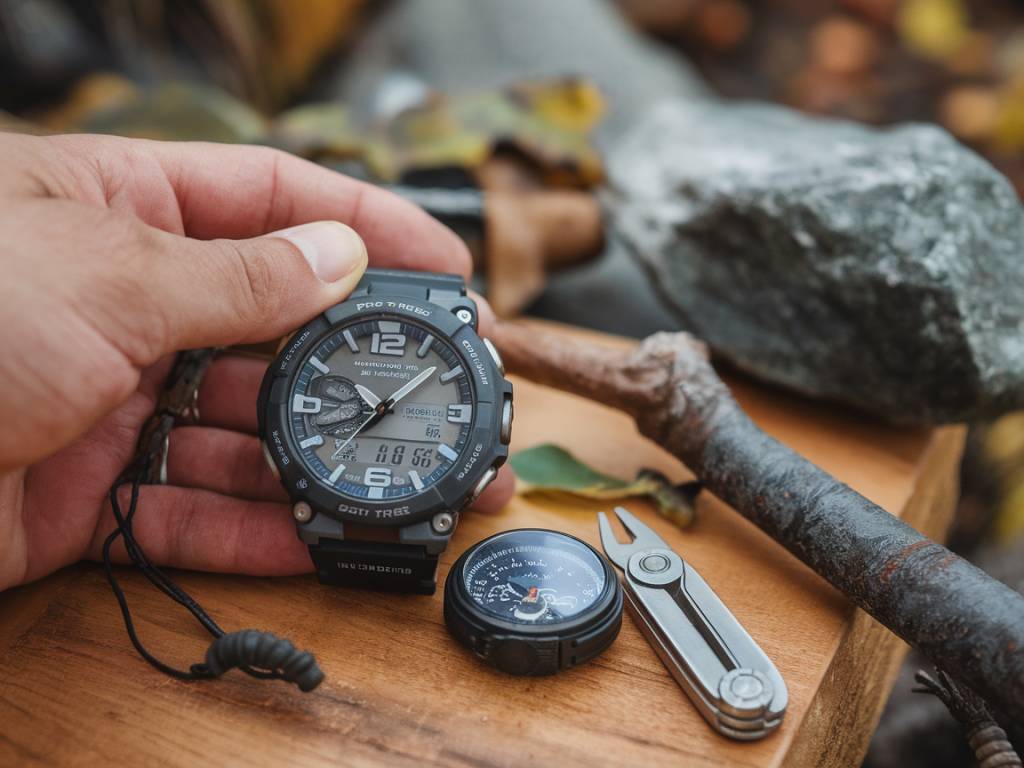 Top 5 adventure watches with gps and survival features
Top 5 adventure watches with gps and survival features 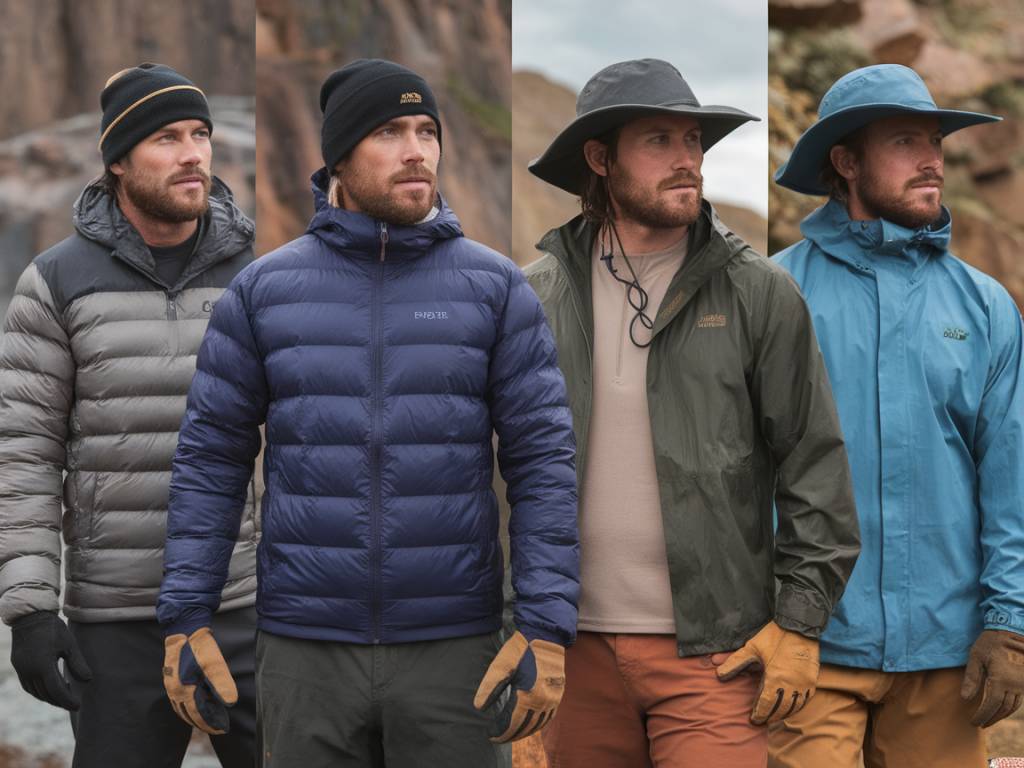 How to choose the right adventure clothing for every climate
How to choose the right adventure clothing for every climate 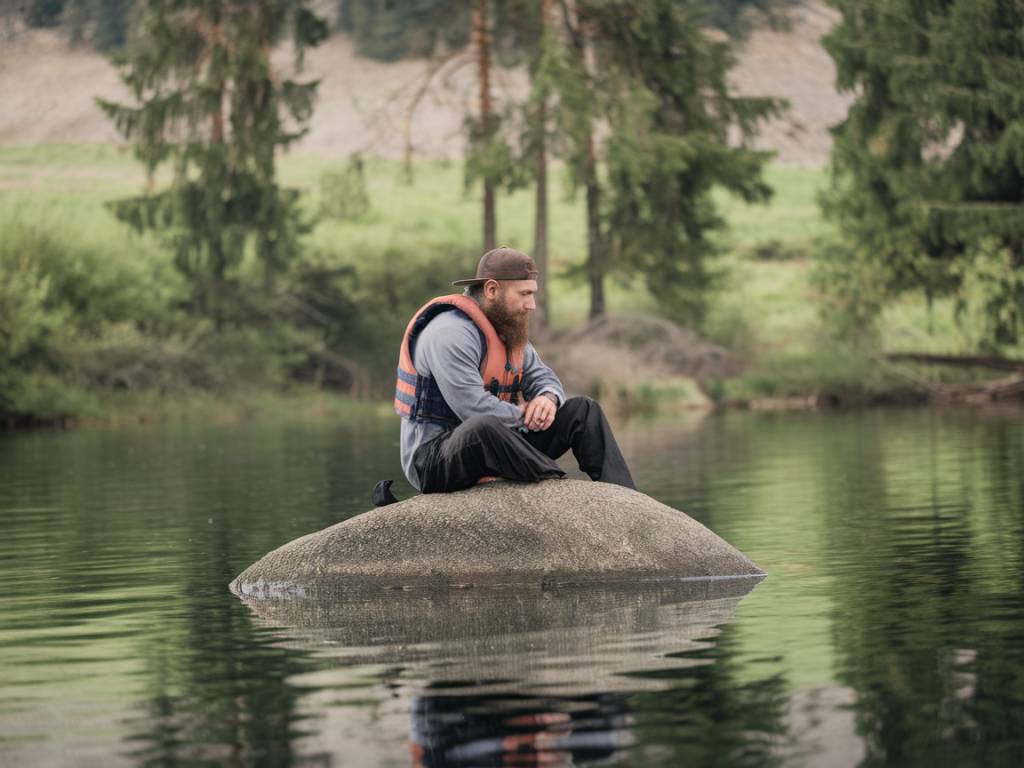 Planning a successful off-grid adventure: what you need to know
Planning a successful off-grid adventure: what you need to know  The best adventure books to inspire your next journey
The best adventure books to inspire your next journey  Sahara trekking
Sahara trekking 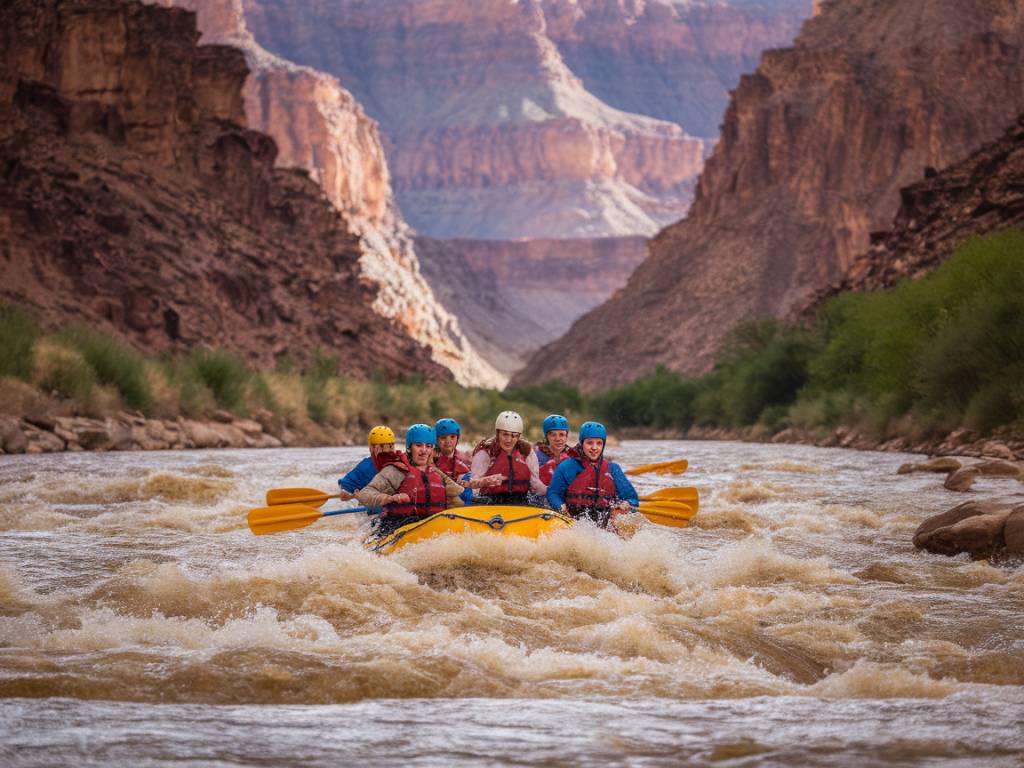 Top 5 countries for extreme adventure tourism
Top 5 countries for extreme adventure tourism  Best African safari destinations: top 5 experiences in Africa
Best African safari destinations: top 5 experiences in Africa 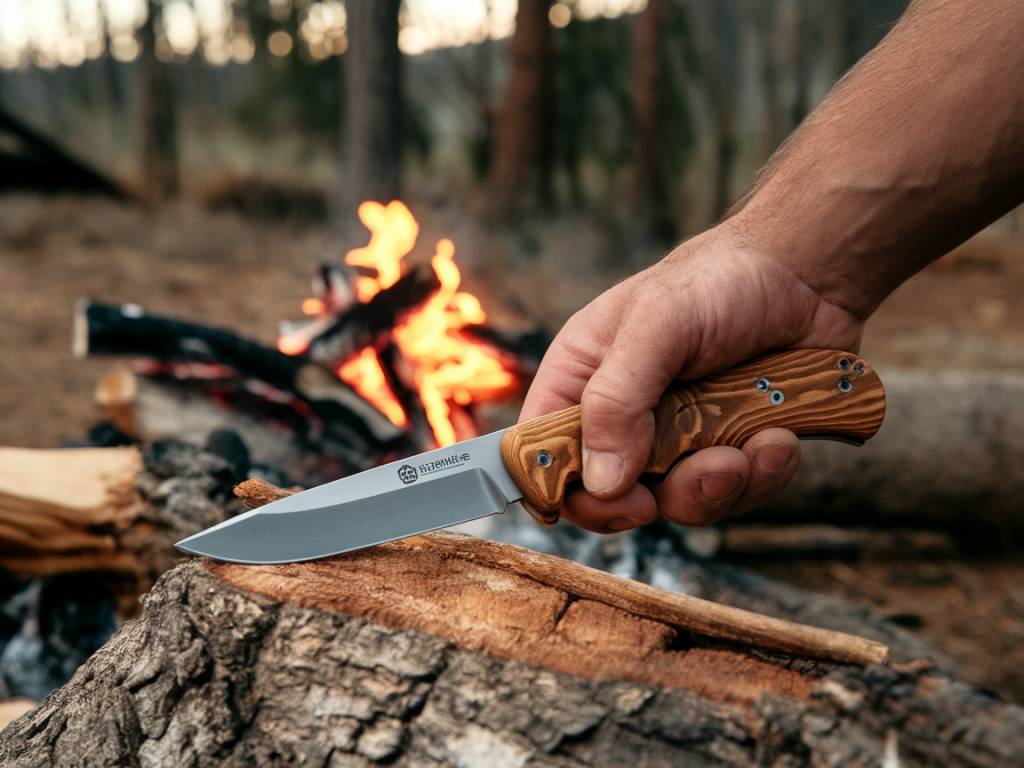 Best survival knives for outdoor adventures
Best survival knives for outdoor adventures